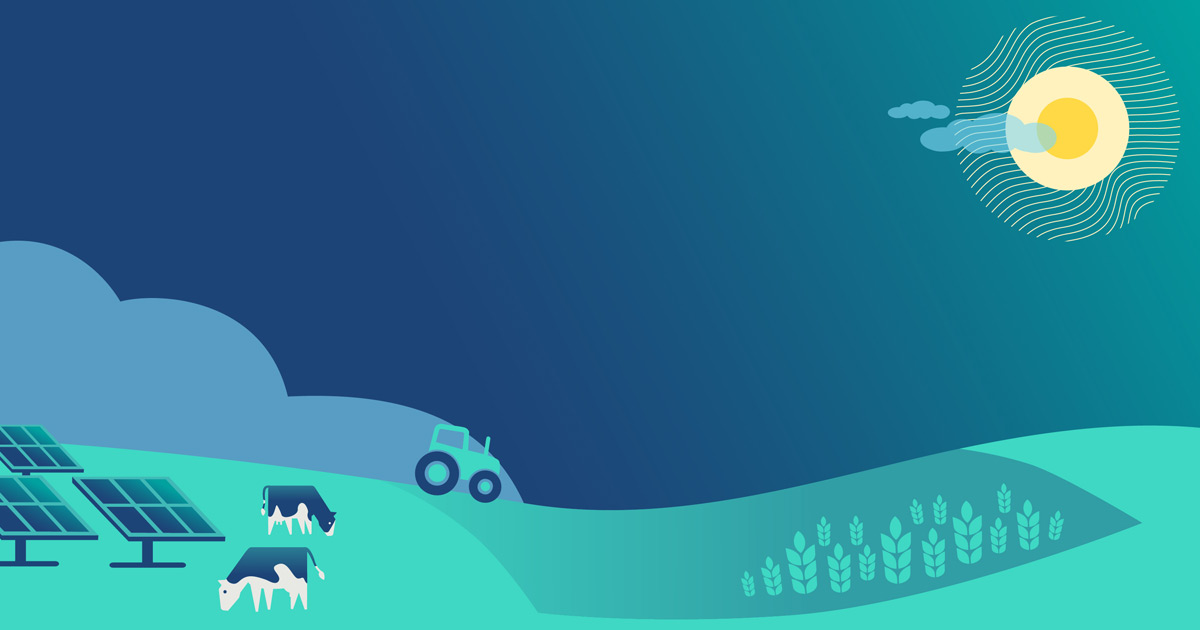Feeding Alabama partners bridging SNAP gap – Luverne Journal

Feeding Alabama’s Strategic Response to Food Insecurity in Alignment with Sustainable Development Goals
Addressing Imminent Food Scarcity and Upholding SDG 2: Zero Hunger
Feeding Alabama has announced a strategic initiative to mitigate the impact of a potential government shutdown on food assistance programs. In response to a looming pause in the U.S. Department of Agriculture Supplemental Nutrition Assistance Program (SNAP), the organization is mobilizing its network to ensure food security for vulnerable families. This effort is a direct contribution to achieving Sustainable Development Goal 2 (SDG 2), which aims to end hunger, achieve food security, improve nutrition, and promote sustainable agriculture.
Analysis of Food Insecurity in Alabama: A Challenge to SDG 2 and SDG 1
The initiative addresses a significant challenge within the state, as highlighted by data from Feeding America’s Map the Meal Gap. These statistics underscore the urgency of local action to meet the targets of SDG 2 (Zero Hunger) and SDG 1 (No Poverty).
- Over 833,000 individuals in Alabama struggle with hunger.
- Nearly 250,000 of those affected are children.
- In Crenshaw County, 16.6% of the population (2,300 residents) is classified as food insecure.
Proactive Measures and Operational Readiness
The Heart of Alabama Food Bank, a key member of the statewide network serving 10 central counties, is implementing a proactive plan to meet the anticipated increase in demand. These measures are designed to create a resilient and effective response system, aligning with the principles of sustainable community support.
- Community Coordination: Collaborating with partners in impacted communities to ensure resources are distributed efficiently to those most in need, directly supporting the objectives of SDG 2 and SDG 10 (Reduced Inequalities).
- Supply Chain Management: Reviewing incoming food supplies and engaging in forward planning, particularly for periods of higher need, to ensure a consistent and reliable food source.
- Resource Mobilization: Preparing staff and volunteers to respond effectively to challenges that may arise from increased demand or logistical complexities.
The Role of Partnerships in Achieving the SDGs (SDG 17)
This response is a testament to the power of collaboration, a core principle of SDG 17 (Partnerships for the Goals). The Feeding Alabama network, comprising eight food banks and 1,700 partner agencies, demonstrates an effective civil society partnership. Last year, this collaborative network distributed over 90 million pounds of food, showcasing a successful model for achieving large-scale impact on hunger and poverty at the community level.
Analysis of Sustainable Development Goals in the Article
-
Which SDGs are addressed or connected to the issues highlighted in the article?
The primary Sustainable Development Goal (SDG) addressed in the article is:
- SDG 2: Zero Hunger
- Explanation: The article’s central theme is the effort to combat hunger and food insecurity in Alabama. It explicitly discusses the work of organizations like “Feeding Alabama” to “ensure families in need of food assistance do not go hungry.” The text focuses on providing food to populations that “struggle with hunger” and are “food insecure,” which is the core mission of SDG 2.
- SDG 2: Zero Hunger
-
What specific targets under those SDGs can be identified based on the article’s content?
Based on the article’s focus, the following specific target under SDG 2 can be identified:
- Target 2.1: By 2030, end hunger and ensure access by all people, in particular the poor and people in vulnerable situations, including infants, to safe, nutritious and sufficient food all year round.
- Explanation: The article highlights the vulnerability of certain populations, mentioning that “more than 833,000 Alabamians struggle with hunger. Nearly 250,000 of those citizens are children.” The efforts of the food banks to provide food assistance, especially amid a potential pause in the Supplemental Nutrition Assistance Program (SNAP), directly address the goal of ensuring year-round access to food for vulnerable people.
- Target 2.1: By 2030, end hunger and ensure access by all people, in particular the poor and people in vulnerable situations, including infants, to safe, nutritious and sufficient food all year round.
-
Are there any indicators mentioned or implied in the article that can be used to measure progress towards the identified targets?
Yes, the article mentions specific data points that align with an indicator for Target 2.1:
- Indicator 2.1.2: Prevalence of moderate or severe food insecurity in the population, based on the Food Insecurity Experience Scale (FIES).
- Explanation: The article provides direct measurements of food insecurity, which is what this indicator tracks. It states that “more than 833,000 Alabamians struggle with hunger” and provides a specific prevalence rate for a local area: “In Crenshaw County, 2,300 (16.6%) residents are food insecure.” The term “food insecure” is used, and both absolute numbers and percentages are given, which are the exact types of data used to measure this indicator.
- Indicator 2.1.2: Prevalence of moderate or severe food insecurity in the population, based on the Food Insecurity Experience Scale (FIES).
-
Create a table with three columns titled ‘SDGs, Targets and Indicators” to present the findings from analyzing the article.
SDGs Targets Indicators SDG 2: Zero Hunger Target 2.1: By 2030, end hunger and ensure access by all people, in particular the poor and people in vulnerable situations, including infants, to safe, nutritious and sufficient food all year round. Indicator 2.1.2: Prevalence of moderate or severe food insecurity in the population.
(Evidence from article: “more than 833,000 Alabamians struggle with hunger”; “In Crenshaw County, 2,300 (16.6%) residents are food insecure.”)
Source: luvernejournal.com
What is Your Reaction?
 Like
0
Like
0
 Dislike
0
Dislike
0
 Love
0
Love
0
 Funny
0
Funny
0
 Angry
0
Angry
0
 Sad
0
Sad
0
 Wow
0
Wow
0




















































.jpg.webp?itok=0ZsAnae9#)



























